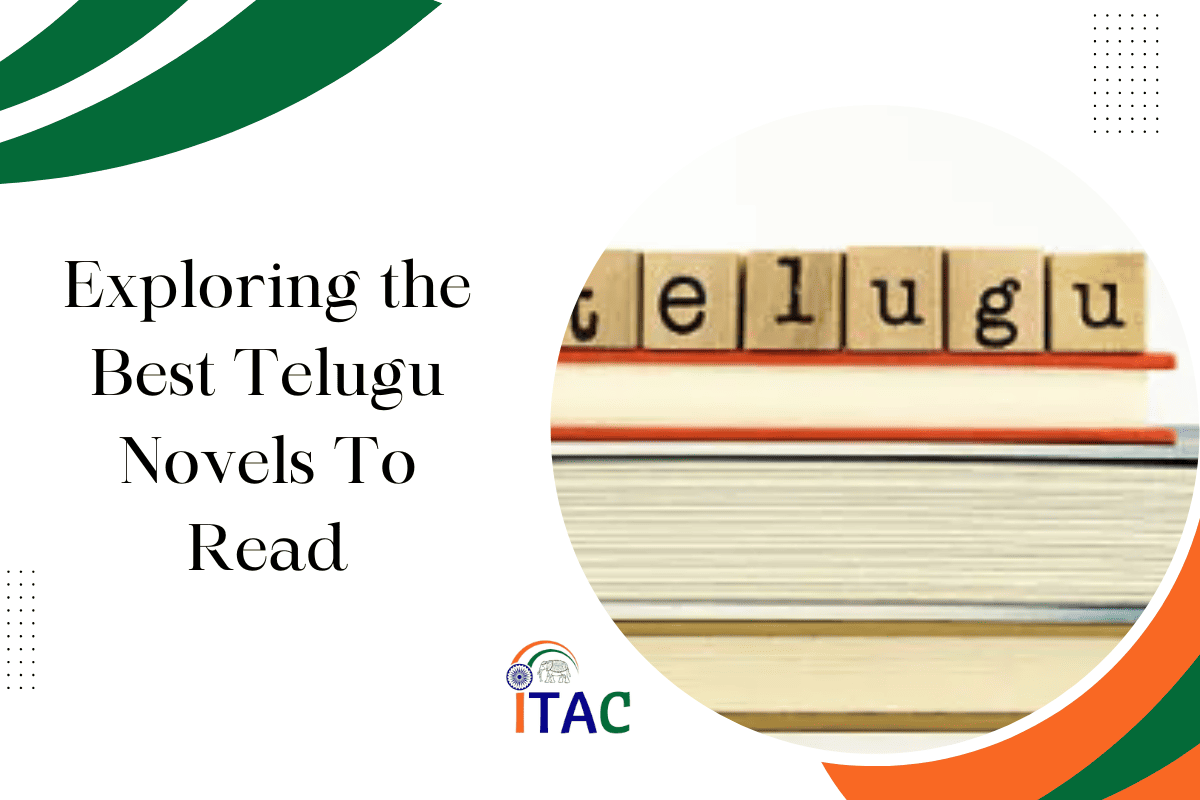The Urdu language, a rich tapestry of culture, history, and linguistic evolution, stands as a testament to the confluence of civilizations in South Asia. Its development is a fascinating journey through time, shaped by political shifts, social changes, and cultural interactions.
In this blog, we will delve into the intricate history of Urdu language, exploring its origins, evolution, and significance in the contemporary world.
Table of Contents
Origins and Etymology of Urdu
Urdu is a member of the Indo-Aryan branch of the Indo-European family of languages. It evolved from the Middle Indo-Aryan languages, particularly from the Apabhramsha of the 7th century AD, gradually absorbing influences from Persian, Arabic, and Turkic languages due to the Muslim conquests in the Indian subcontinent. The very name “Urdu” derives from the Turkish word “Ordu,” meaning army or camp, signifying its birth in the barracks and bazaars around Delhi, where armies of the Delhi Sultanate (1206-1526 AD) and the Mughal Empire (1526-1857 AD) converged and mingled, giving rise to a lingua franca.
Different scholars trace the origin of urdu according to their research, you can also watch this to understand it’s origin:
Development and Flourishment Of Urdu Language
The initial phase of Urdu’s development is marked by its use as a language of communication in the army and the marketplaces, which led to it being referred to as “Zaban-e-Urdu-e-Mualla” (the language of the exalted camp) during the Mughal period.
However, it was under the patronage of the Mughals, especially during the reign of Bahadur Shah Zafar, that Urdu found its golden era. The royal courts became centers for Urdu poetry and literature, attracting scholars, poets, and writers from across the region.
The 18th and 19th centuries are particularly notable for the flourishing of Urdu literature. This period saw the emergence of classical Urdu poetry with figures such as Mir Taqi Mir, Mirza Ghalib, and Allama Iqbal, whose works are celebrated for their depth, lyrical beauty, and philosophical pondering. Urdu prose also began to develop during this time, with the Dastangoi (oral storytelling) tradition and later, the novel and short story form gaining popularity.
Early Development Of Urdu
The early development of Urdu is closely linked with the Delhi Sultanate and later the Mughal Empire. It served as a lingua franca among the diverse ethnic and linguistic groups in the military and the royal courts. The language absorbed words, idioms, and phrases from Persian, which was the court language of the Mughals, as well as Arabic, Turkish, and Sanskrit, making it a unique blend of several languages.
Golden Age Of Urdu In The Mughal Era
The golden age of Urdu literature began in the Mughal period, especially during the reign of Bahadur Shah Zafar. The Mughal courts were centers of cultural and literary activity, where poets and writers were patronized. This era saw the birth of classical Urdu poetry with forms such as Ghazal and Nazm becoming popular. The use of Persian script to write Urdu also became standardized during this period.
Urdu In British Colonial Period
The British colonial period marked a significant phase in the history of Urdu. The British East India Company’s decision to replace Persian with Urdu in 1837 as the official language of courts in the Muslim-majority areas of northern India significantly boosted its status. However, this move also sowed the seeds of linguistic division between the Urdu and Hindi speakers, a division that was later exacerbated during the partition of India in 1947.
Partition and Modern Era
The partition of India in 1947 had a profound impact on the Urdu language. It is one of the most pivotal events in South Asian history, dramatically influencing the trajectory of the Urdu language, affecting its cultural, political, and literary landscapes.
This period saw the geographical and emotional bifurcation of the Indian subcontinent into two nations: predominantly Hindu India and Muslim-majority Pakistan. The decision to declare Urdu the national language of Pakistan was emblematic of the new nation’s quest for a unifying identity amidst its ethnolinguistic diversity.
However, this move sparked controversy and resistance in regions where Urdu was not the dominant language, such as East Pakistan (now Bangladesh), leading to language movement protests that were a significant part of Bangladesh’s eventual independence struggle in 1971.
Literature in the Partition Era
The partition era and the subsequent years significantly shaped Urdu literature, with writers and poets using their craft to process and comment on the social upheavals, mass migrations, and communal violence that accompanied partition. This period saw a surge in literary works that explored themes of displacement, identity, loss, and longing.
- Short Stories and Novels: Saadat Hasan Manto, one of the most prominent Urdu writers, penned searing accounts of the human condition during and after partition. His short stories, such as “Toba Tek Singh” and “Khol Do,” delve into the absurdity and tragedy of partition. Another significant figure, Ismat Chughtai, explored feminist themes and the complexities of the new social order through her writings.
- Poetry: The partition also deeply influenced Urdu poetry. Faiz Ahmed Faiz, a celebrated Urdu poet, articulated the pain of displacement and the longing for justice in his works. His poetry, including “Subh-e-Azadi” (Dawn of Freedom), captures the disillusionment and sorrow of the era. Similarly, poets like Habib Jalib and Ahmad Faraz used their verses to critique political oppression and social injustice, themes that resonated deeply in the context of partition and its aftermath.
Shaping the Narrative
The literature of the partition and modern era played a crucial role in shaping the narrative around the Urdu language and its cultural significance. Through their works, writers and poets not only documented the traumatic experiences of partition but also contributed to the ongoing discourse on identity, nationalism, and communal harmony.
In Pakistan, Urdu literature became a means to forge a national identity, emphasizing themes of Islamic heritage and unity. In contrast, in India, Urdu literature continued to flourish, reflecting the country’s pluralistic ethos. It became a bridge between the past and present, carrying forward the rich traditions of Urdu poetry and prose while adapting to new themes and narratives arising from the country’s evolving socio-political landscape.
Modern Urdu and Its Challenges
In contemporary times, Urdu continues to be a language of rich literary traditions, esteemed in poetry and literature. It is spoken by millions in Pakistan, India, and the diaspora communities around the world. However, the language faces challenges such as declining readership and the dominance of English and other regional languages in media and education.
Despite these challenges, Urdu remains a beloved language, its verses sung in ghazals, its narratives explored in modern literature, and its expressions woven into the fabric of Bollywood cinema. Efforts by cultural and educational institutions to revive interest in Urdu, through festivals, workshops, and digital platforms, speak to a resilient legacy that continues to adapt and thrive.
To learn about the pronunciation of the urdu words, you can watch this video:
Conclusion
The history of Urdu is a mirror to the complex tapestry of South Asian history, reflecting the region’s diversity, cultural richness, and historical changes. From its humble beginnings in the army camps of medieval India to its status as a language of culture and sophistication in the Mughal courts, and its role in the modern-day political and social fabric of Pakistan and India, Urdu’s journey is a testament to its resilience and adaptability. As it continues to evolve, Urdu carries with it the legacy of centuries, narrating the story of a language that has not just survived but thrived amidst the changing landscapes of history.
Partition stories create much interest among the readers, if you are also wondering its impact on the punjabi and its language, then please read the “History of Punjab Language“











2 thoughts on “Discovering History Of Urdu Language And Its Rich Tapestry”